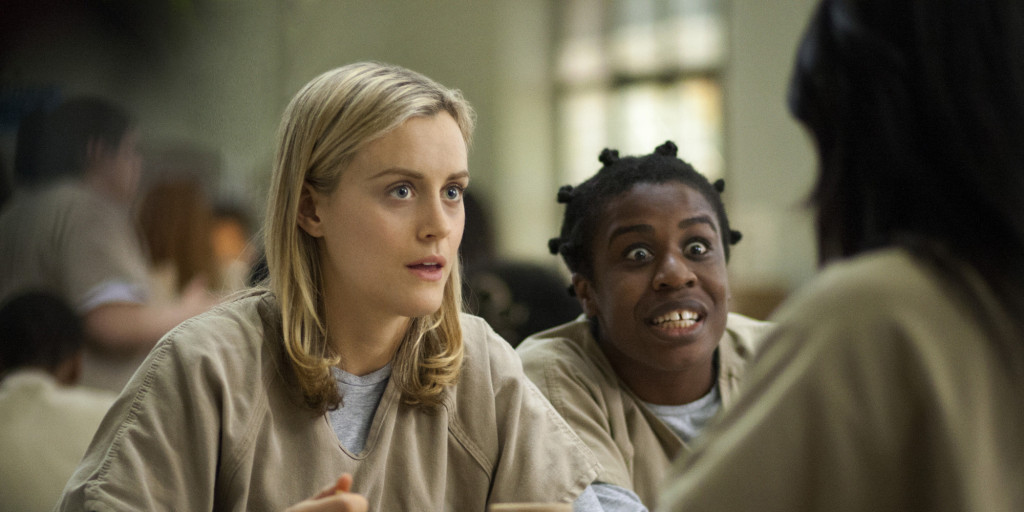Meet the Mo Movie Measure
By Julia Siedlanowska, Staff Writer
My jaw dropped as I recently watched Leonardo DiCaprio on-screen snorting a line of coke from in-between the two mountainous butt-cheeks of a woman in The Wolf of Wall Street.
The film prides itself with a lot of swearing and, more jarringly, a lot of naked women. I enjoyed the film for the most part, despite having to hold my head to keep it from exploding with the amount of overt chauvinism and female nudity.
The movie either demeans women into mere sexual objects, or forces them to take on severely male characteristics and behaviours in order to succeed in the business world. I’m not sure that the unfortunate ending for the protagonist (played by DiCaprio) is enough to categorize the story as a condemnation of the male-dominated system.
This is one of the countless films that fails to pass the Bechdel test. Based on a 1985 comic by feminist Alison Bechdel, Dykes to Watch Out For, the rule is used to identify a gender bias in a work of fiction and is commonly used in film. It is also referred to as the Mo Movie Measure. Although it isn’t a very detailed or specific examination into each work, the test is a simple way to bring attention to the lack of well-developed female characters in drama and the general sexism in the TV and film industry. In order to pass the test, a film must meet the following three requirements:
1. It must have at least two women in it…
2. … who talk to each other…
3. … about something other than a man.
Sounds simple, right? Which makes it all the more sad is how many films don’t make the cut.
But all is not so bleak. TV dramas like my latest favourite, Orange is the New Black, feature filmmakers who are pushing the boundaries for women. Created, written, and produced by Jenji Kohan—a woman—Orange is the New Black is a drama that excites, grips, and challenges heteronormative and gender bias television.
This show and many others will be reviewed “under the feminist microscope,” so to speak, in this weekly column. In a world that is largely indifferent to gender inequality within the arts, there needs to be a voice that challenges and critiques. This new column is an examination of the inherent and sometimes sneaky gender bias in film, television, theatre, literature, music, and anything falling into the category of the arts. My goal is to celebrate works that celebrate women—and challenge the works that don’t. Inequality is something we need to get upset about. Feel free to argue with us at any point. In fact, we encourage it.
